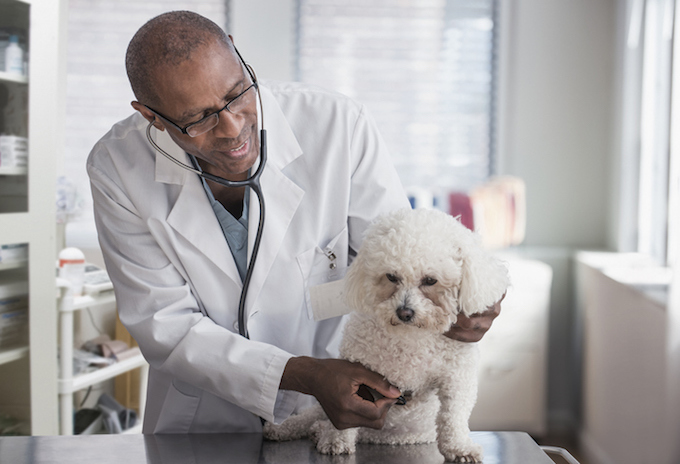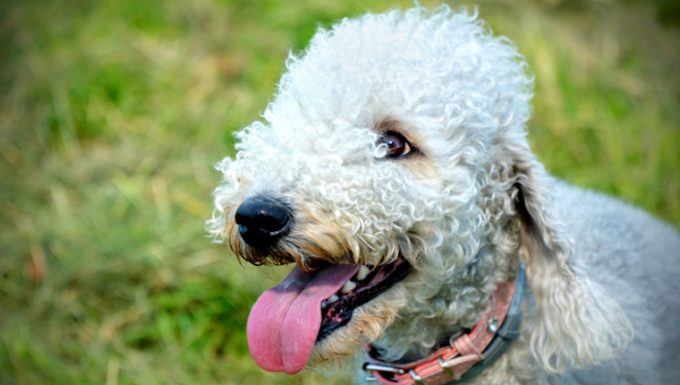Liver failure (acute) in dogs happens when a dog’s liver loses over 70 percent of its function. The cause of the condition is tissue death.
Unfortunately, the condition is considered to be a very serious one.
Technically, the condition is also known as acute hepatic failure.
If you see the signs of the condition in your dog, then get to a veterinarian for a proper diagnosis and treatment.
Here’s what you should know about the symptoms, causes, and treatments for the condition.
Symptoms of Liver Failure (Acute) in Dogs
The condition produces a wide range of symptoms. For example, some of the most common symptoms include:
- Diarrhea
- Vomiting
- Jaundice
- Blood clotting problems
- Ascites
- Ulcers
- Poop with blood in it
- Brain disease
- Disorientation
- Drooling
Causes of Liver Failure (Acute) in Dogs

The cause of the condition can be one of a number of things. For example, some of the most common causes include:
- Poisoning (including alcohol and antifreeze)
- Blue green algae
- Mold
- Leptospirosis
- Toxoplasmosis
- Cushing’s Disease
- Vascular problems
- Diabetes
- Canine hepatitis
- Fungal infections
Additionally, the following breeds are most likely to develop the condition:
- Doberman Pinscher
- Poodle
- Skye Terrier
- West Highland White Terrier
- Cocker Spaniel
- Bedlington Terrier
Treatments for Liver Failure (Acute) in Dogs
Firstly, your vet will ask about your dog’s symptoms. Secondly, your vet will ask about your dog’s full medical history. This will include breed-specific problems.
Thirdly, a full physical examination will be carried out. Blood and urine tests will be taken.
Generally, a biopsy of any affected tissue and ultrasound imaging can diagnose the condition.
Unfortunately, the condition is serious enough to require hospitalization. Treatment will begin with intravenous fluid and electrolyte therapy. Oxygen may also be needed.
Usually, the underlying cause of the condition will be treated next. The precise course of treatment will vary depending on the condition. Surgery can be needed.
Sometimes, antibiotics and anti-fungal medication can help the condition. As always, if your vet prescribes your dog any medicine, make sure to stick to the correct dose and frequency instructions. Also, complete the full course of medicine.
While recovering at home, it is important that you restrict your dog’s exercise. Your vet will come up with a safe exercise and recovery plan for your dog.
Additionally, adding vitamins E and K to your dog’s diet can help with recovery. Your vet will suggest safe amounts of supplements for your dog.
Have you ever cared for a dog who suffered from this condition? How did your vet help your dog recover? Let us know in the comments section below.









